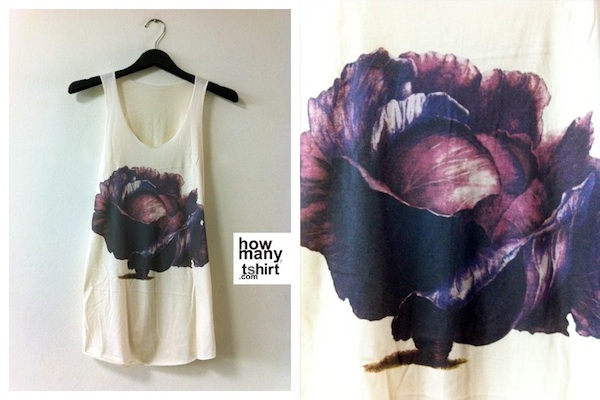Last week, I was researching newspaper advertising cost and options in Southeast Asia for a client. We wanted to print an ad in an English-language newspaper in Thailand, Cambodia, Laos, and Vietnam.
It proved surprisingly difficult to figure out who to get in touch with and where to find details on cost, artwork, and deadlines, so I thought I’d share what I found. (Note that I am not affiliated with any of the publications below).
In Thailand, the Bangkok Post, which was established in 1946, is the largest English-language newspaper with its 72,000 copies a day. I received a written profile from the paper’s advertising department, which reveals interesting facts. For example that 72% of the paper’s readers are male and that 21% of the readers are Europeans. While in correspondence with the Bangkok Post, I didn’t receive a rate sheet, but they are, not surprisingly since they have a much greater reach, more expensive than the other regional papers I contacted. Ms. Apisada Mahattanan, account executive, would be able to put together a quote for you. You can contact her at apisadam @ bangkokpost.co.th.
There are no less than two big English-language newspapers in Cambodia: The Cambodia Daily and the Phnom Penh Post. The Post advertises their rates online, while the Daily were quick to send me their rate sheet. Note that the Phnom Penh Post offers a discount on job ads and education and training announcements. You can contact Mr. Meng Dy, business manager at the Cambodia Daily, at dy @ cambodiadaily.com or Jesse Gage, business development manager at the Phnom Penh Post, at jesse.gage @ phnompenhpost.com.
In Vietnam, the ThanhNien paper seems to be at least one of the biggest papers in the country. Note that the Daily is in Vietnamese, while the Weekly, which is published every Friday, is in English. Their rate sheet is quite instructive (with prices naturally in Vietnamese dong), but you can also contact Tram Thi Bach Loan in the advertising department at bachloantrang @ gmail.com for more information.
Lastly, there’s the Vientiane Times in Laos, which offers very affordable advertising. A quarter page ad, in black and white, is 350,000 kip – approximately US$44. I picked up a rate sheet, which offers more details as well as contact information.
And the thing we were advertising? An open call for a Research Fellowship Program announced by the Mekong Program on Water, Environment, and Resilience and the Challenge Program on Water and Food.


